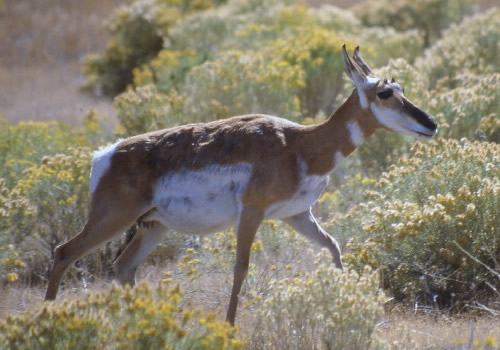|
||||||||||||||||||||||||||||||||||||||||||||||||||||||||||||||||
Home | All Things Natural Restaurant | Bird's Nest Lounge | Cyber Room | Lagoon Trail | Naturalist's Nook | Wildflower Garden | Woodlands Pathway
Site Map | Inbox | FAQs | News and Updates | Newsletter Information | Games Room | Privacy Policy
All content © Dereila and Sage Innovations







